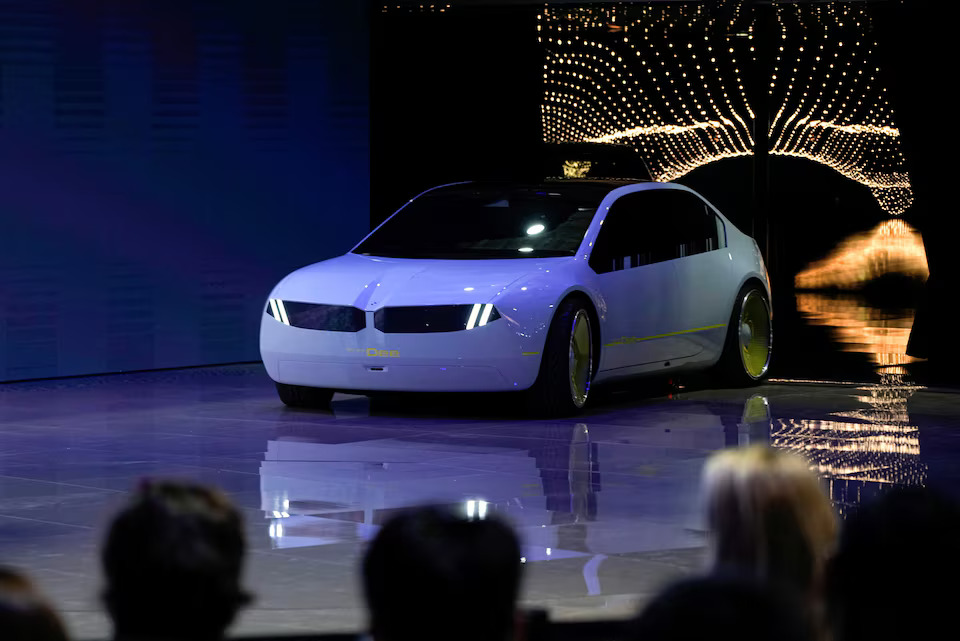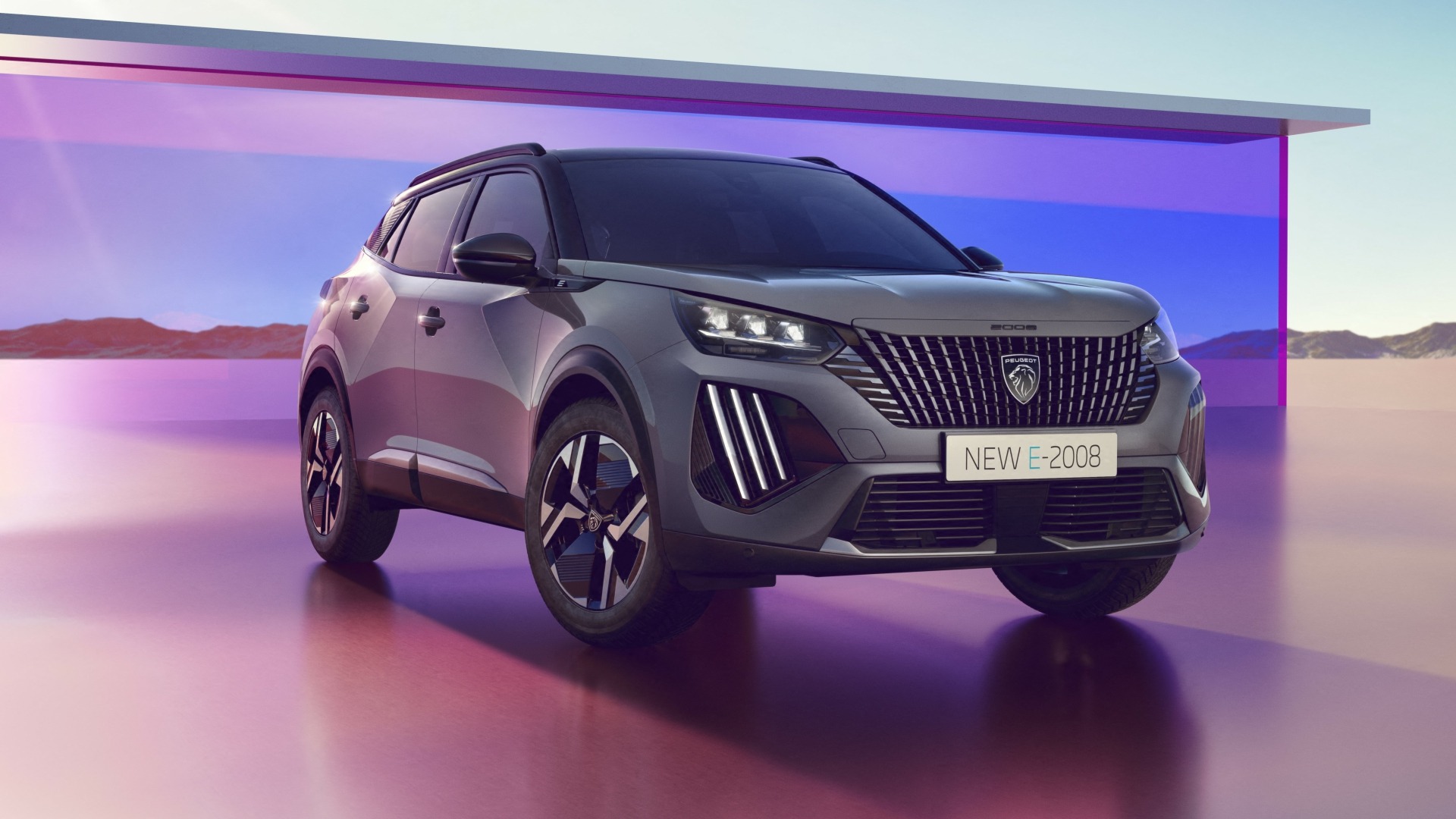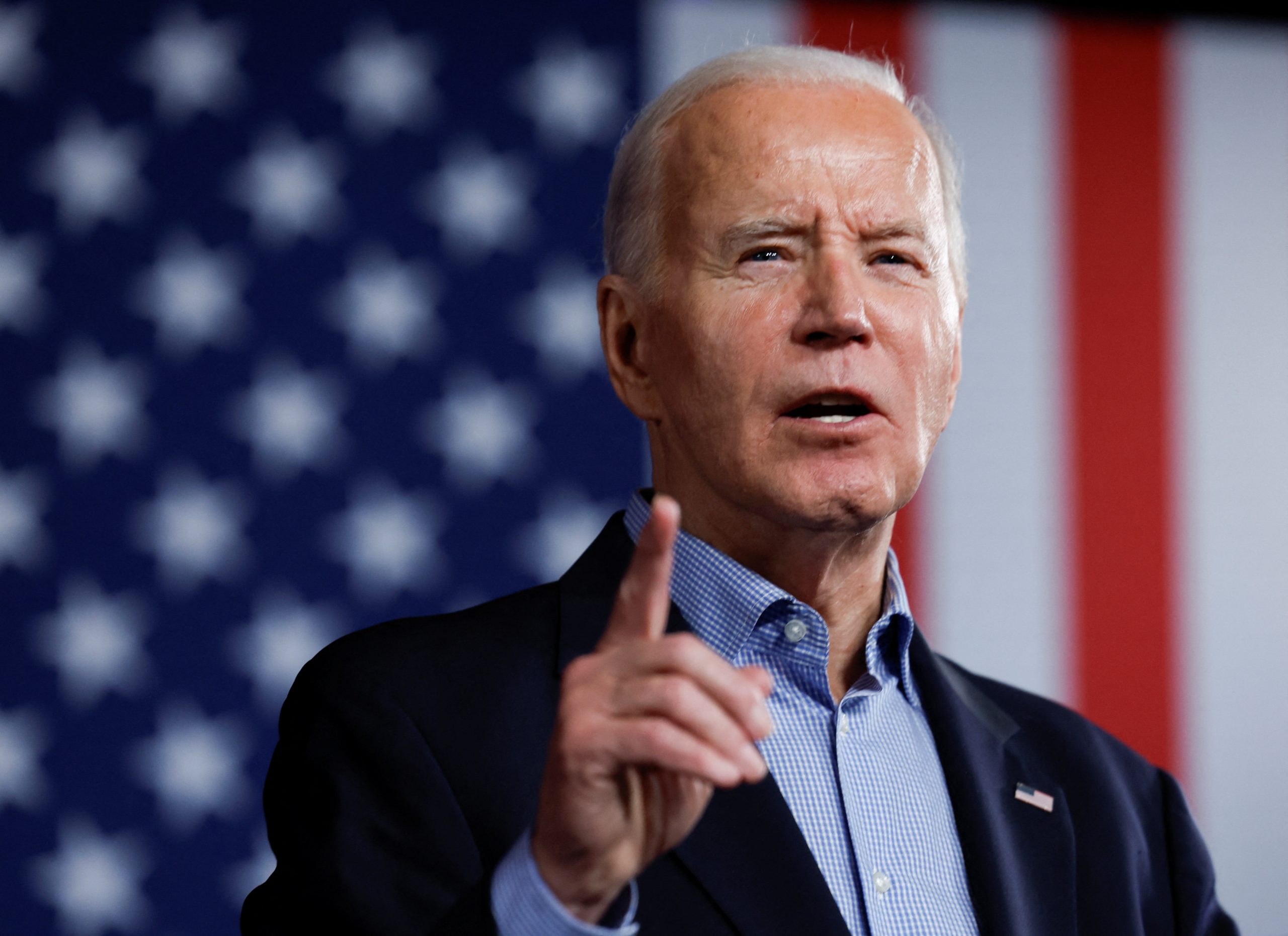When President Trump placed high taxes on goods from China in 2018, like cars, people thought it would help the U.S. But it didn’t work out that way. China hit back with their own taxes, causing Americans to lose jobs and have fewer things to choose from.
Now, President Joe Biden is not only keeping these tariffs but increasing them. He recently announced a new 100% tariff on Chinese electric vehicles (EVs), aiming to prevent a flood of cheap imports that U.S. automakers can’t compete with. Despite the failure of the previous tariffs, these new measures might succeed.

To understand why, it’s essential to know how tariffs work and what the Biden Administration aims to achieve with these new duties. I spoke with Adam Hersh, Ph.D., a Senior Economist and China-U.S. relations expert at the Economic Policy Institute, a nonpartisan, nonprofit think tank.
While no tariff plan is flawless, Hersh believes that the Biden Administration’s approach will likely strengthen the domestic auto industry and make it more competitive. However, this strategy might fail if U.S. consumers and automakers don’t fully embrace the electric car revolution.
Why Countries Use Tariffs, And How They Can Fail
A tariff is an import tax. Tariffs can be broad or targeted and serve various purposes. Hersh notes that many smaller and developing nations use tariffs primarily as a source of revenue, which is easier to collect than income or sales taxes. Additionally, tariffs act as political and diplomatic tools to protect local industries and counter unfair trade practices. In the U.S.-China relationship, tariffs have a dominant role.
However, countries must be cautious of protectionism’s long-term risks. If a country blocks foreign competition without having a competitive local alternative, high tariffs can lead to “inefficient monopolies,” says Hersh. He explains, “Ultimately, they can become involved in the policy[making], influencing the policy to maintain their market position rather than investing in improving their product or efficiency.”
These risks exist even if the targeted country doesn’t retaliate. However, after Trump’s 2018 tariff package, China responded fiercely, imposing numerous duties on U.S. exports, including a 40% tariff on U.S.-built cars.
This retaliation significantly harmed the American economy. The U.S.-China Business Council estimates that the 2018 tariffs cost the American economy 245,000 jobs in the long run. The Tax Foundation reports a slightly lower loss of 166,000 full-time jobs and a 0.21% drop in GDP due to the trade war.

U.S. government census data shows that the trade deficit with China didn’t significantly improve after the tariffs. Both the U.S.-China Business Council and the Tax Foundation, along with Hersh, note that increased imports from other countries offset any trade reduction with China. The U.S. share of global exports declined following the Trump-era tariffs.
These outcomes were predictable. Hersh points out that tariffs alone rarely make a nation more competitive. They tend to make goods more expensive and limit consumer choice. Instead, tariffs need to be part of a comprehensive policy initiative designed to strengthen local producers.
Why Biden’s Tariffs Might Succeed
While Trump’s tariffs were purely punitive, Biden’s are backed by domestic investment, which Hersh sees as crucial for a successful policy. The 2022 Inflation Reduction Act (IRA) heavily incentivized localized EV production, sparking numerous investments in electric vehicles, clean energy, batteries, and supply chains. These investments are already transforming the American auto industry.
According to Atlas EV Hub and BlueGreen Alliance Foundation’s EV Jobs Hub data, EV manufacturing investments surged after the IRA’s passage. Before the IRA, total U.S. EV manufacturing investments over 11 years totaled $91 billion. In the 15 months after the IRA, companies announced $82 billion in new investments.
Over 60% of all money ever spent on EV and battery manufacturing in the U.S. has come in the last two years alone. While these projects will take years to complete, their full impact is yet to be felt by consumers and workers.
This investment boost should help American and foreign companies with U.S. investments catch up to Chinese EV brands. Between 2016 and 2022, Chinese consumers received $57 billion in direct incentives to buy EVs, while U.S. consumers received about $12 billion, according to a report from consulting firm AlixPartners.
Biden’s tariffs are part of a broader strategy that includes significant domestic investment, which could make them more effective than Trump’s tariffs. However, their success ultimately depends on the American market’s embrace of the electric vehicle revolution.

